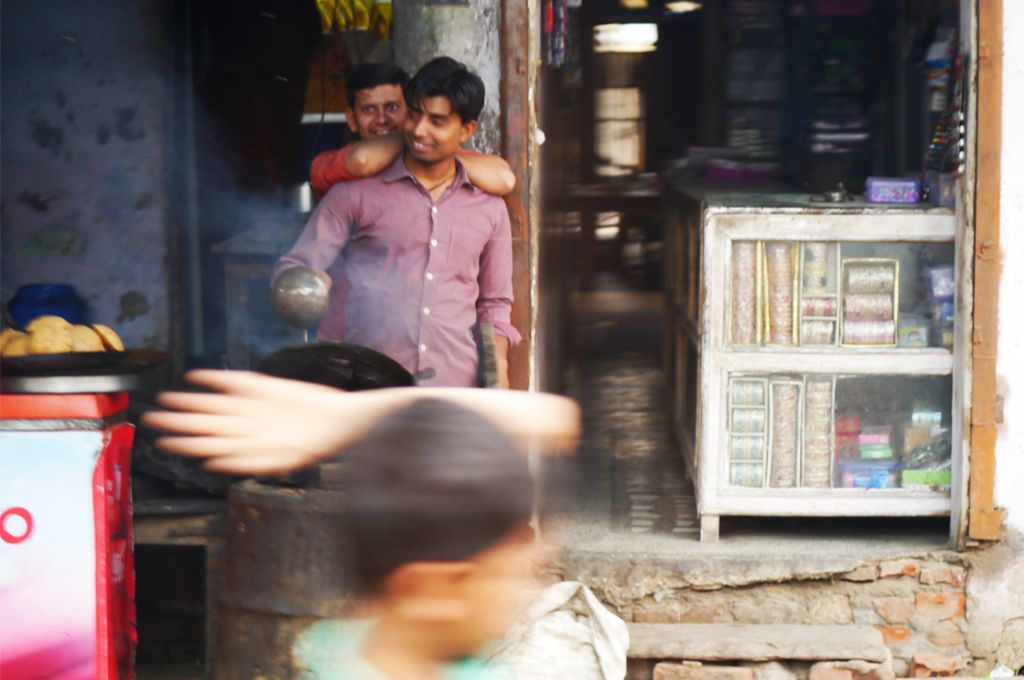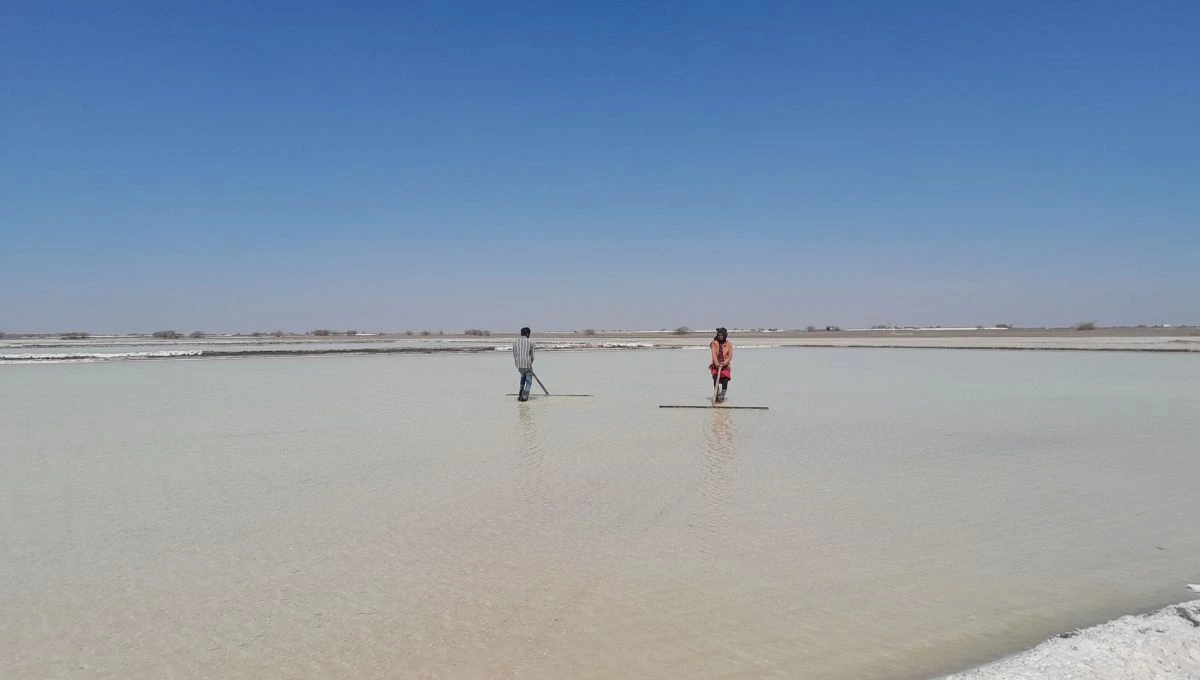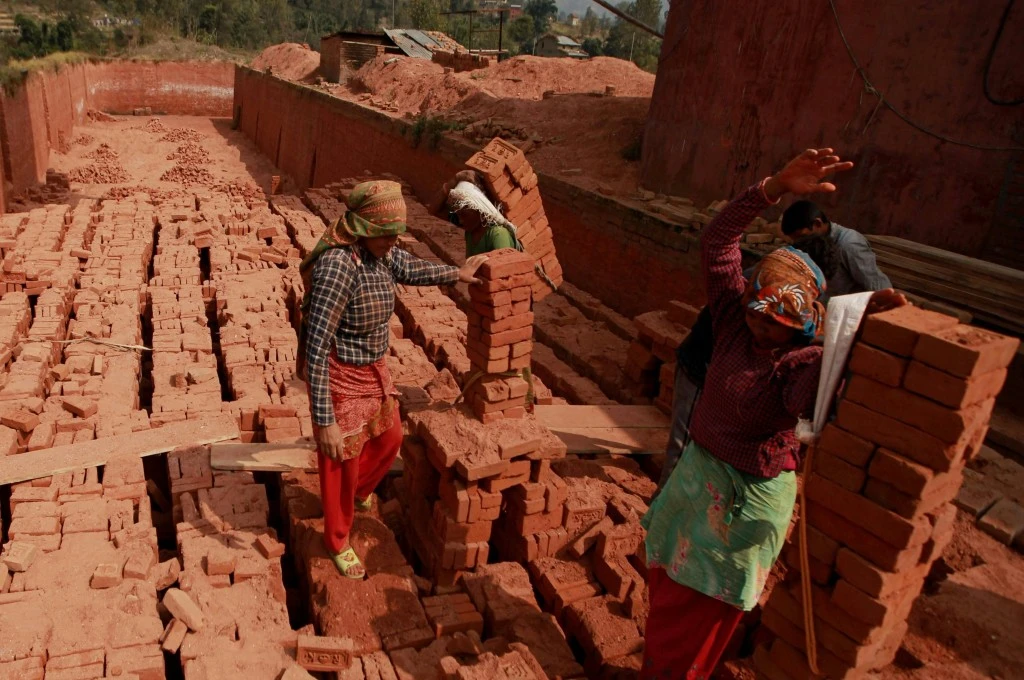In 2016, when I was the executive director of The YP Foundation, I conducted an interactive event on masculinity at a college in Lucknow. On our publicity poster was written ‘What is masculinity?’ (Mardaangi kya hai?) in large font; we wanted the boys on campus to help us answer the question. The boys, however, hoped we would give them the answer. At the end of a film screening and a discussion on gender and masculinity, they said, “But you didn’t really tell us what masculinity is. How do we do it well?” I wanted the boys to reflect, question, and re-examine gender; they wanted me to tell them how to perform it well. This is the challenge faced by gender programmes working with men in India.
India has a long history of gender programmes that engage men to reduce violence against women. The programmes have ranged from being ‘gender aware’ to ‘gender responsive’, and now ‘gender transformative’. These interventions have addressed men as power holders and perpetrators of violence, and later as partners and allies fighting violence against women to model positive masculinities.
However, the men who attend gender programmes are not interested. Focused on teaching men ‘improved gender attitudes’, interventions end up being boring and preachy and don’t really answer men’s questions. It is high time some of the energy dedicated to changing men be redirected to changing the programmes we create for them. Although, for this shift to happen, the people designing gender programmes for men have to gain a better understanding of the issues that their participants deal with.

What issues do men and boys face?
Here’s what I learned about men’s problems from years of working with them:
1. Boys are taught that violence is masculinity
‘Become a man’ (or mard bann in Hindi) is a call for men to (often violently) protect and control their family, values, community, caste, religion, nation, and so on. Everything around men supports a vision of aggressive, winner-takes-all machismo as the aspirational ideal. Competitive systems for education, employment, and work further reinforce this sense of urgency in learning and performing masculinity in the best way to be successful men. As programme implementers, we can harp on collaboration, community, and alternative masculinities all we want, but being an alpha male comes with very real rewards. Performing as per stereotypes to gain social and sexual desirability, and thereby increased opportunities, is much more lucrative than the personal satisfaction of being an equitable man who gives up privilege. It is important to keep this in mind as we design programmes.
2. The world of machismo has no room for vulnerability
In a year-long programme run by The YP Foundation, even intensive experiential processes in a close-knit group of 13 did not make it easy for men to communicate their fears and doubts. Whenever someone tried to share, another person from the group would make a joke or come up with a better story. The sense of macho competition in the room loomed large over us and took a long time to subside. The overwhelming focus on being macho and performing machismo leaves little room to understand identity or desire outside of a binary view of gender and sexuality.
3. Gender violence goes hand in hand with other forms of violence
There are relationships of violence between men and men, men and the state, and men and social systems such as caste, class, or gender. Respondents of a study by The YP Foundation shared how close-knit friend groups from boarding schools separated into caste- and community-based groups in college. They spoke about being repeatedly added to caste-based WhatsApp groups.
Caste intersects with labour, mobility, body image, sexuality, and romance. It creates pressures and violence, especially for men and boys who must take on their roles as guardians of these oppressive systems. Exhorting men to reject violence against women without looking at these larger systems of violence will not produce the desired result. In reality, it heightens the ‘protect your mother and sister’ sentiment without any allyship with the freedom of all women and other genders from direct or indirect violence.

4. Men’s sexual curiosity is often stigmatised
The absence of sexuality education and cross-gender interaction, and the proliferation of misinformation and myths around the same, leaves boys with a lot of questions that they feel ashamed to even ask. Programmes want boys to have safe, responsible, and consensual sex. Boys themselves want good, enjoyable sex. At The YP Foundation, young men engaged in sexuality education programmes in urban and rural areas often ask, “How do I know my partner is having fun?” This is a great question for boys to ask, but the only response from most programmes on gender that involve men is ‘no means no’. Teaching a narrow idea of consent instead of affirming and informing sexual curiosities is a disservice to the vision of a healthy, fulfilling, and happy sexuality.

How can gender programmes respond to these realities of young men?
Intersectional work with men means addressing the pressures they face as well as the privileges they enjoy. It entails working with men by seeing them not in relation to women, but as complete, intersectional human beings. In this context, we must ask ourselves whether our programmes are interactive and affirming for the men they are designed for. For this, programmes must be aware of and address the real-world situations that men and boys have to navigate. Some of these, while obvious, remain beyond the purview of siloed sectors that govern development funding and practice.
Here are some related aspects to keep in mind while creating and implementing interventions on gender or any other issue with men and boys:
1. Build analysis and critical thinking abilities among adolescents
In times of high access to media and information (particularly for boys and men), it is imperative that we teach young people to separate authentic and factual information from propaganda, misinformation, and fake news. The proliferation of misinformation impacts almost every aspect of our daily lives. There has been a constant flow of false information about COVID-19 in India, but this isn’t an aberration. There have been similar patterns of targeted misinformation and messaging that spread sexist, casteist, and communal ideas among people.
The line between news and misinformation is often thin and blurry.
Young men pride themselves on being the holders of information. The line between news and misinformation is often thin and blurry. The base work for all social change interventions must be to enable critical thinking and analysis for people to develop well-rounded and thought-through opinions and the ability to separate falsehoods from the truth. In an era of ‘vocational training’ and ‘employability’, we forget or deprioritise this significant purpose of education.
2. Encourage engagement with diversity
Real and experiential appreciation of diversity is critical to a well-rounded and thoughtful engagement with the world. I remember an incident at a university campus where we were working with young students. There was an ongoing political rally and we had participants from two different political factions in our programme. One of the male participants found himself on the opposite end of the political spectrum from two female co-participants. We found that witnessing his peers hurl sexist abuses at the women made him reflect on the impact of gender on women’s public lives. It also made him question his political alignment in light of repeated sexism as a tool for debate by his peers in the political party. This was the first time he had become friends with women or anyone from a different religious background or political opinion. It transformed the intervention space from that of instruction to one of experience and real-world engagement, thereby widening his world view. Often programmes ignore such transformative experiences as they are not directly about gender.
The absence of friendships across gender, caste, and community lines is the reality for most men, especially those who grow up in families belonging to privileged castes and communities. While urban, affluent families allow engagement across gender, caste and communal diversity is still severely lacking. We have to start addressing political opinions, caste, and other social identities directly, whether or not they fit into the purview of our indicators and results frameworks.
3. Affirm men’s gender, sexuality, and desires
The earliest need for navigating of misinformation-led guilt, inadequacy, and confusion is in the realm of sexuality and desire. Adolescent boys and young men are ridden with self-doubt and curiosities. “How many times can I propose if she says no, without making her feel afraid or irritated?”, “Do girls enjoy sex?”, “She asked if I watch blue films. She might think I am a bad person if I say yes, but she might think I am not cool enough if I say no.” Programmes need to address these very real questions that bother young men and boys.
A simplistic ‘no means no’ approach to sexuality and relationships leaves out the potential for a safe, happy, and mutually fulfilling ‘yes’ between sexual partners. Encouraging discussions on feelings and experiences of rejection can provide a space for men to process these without resorting to violence. Gender interventions must provide them the skills to have a non-threatening conversation about sex and desire with their partners. This starts with the programmes acknowledging sexuality as a positive and essential aspect of young people’s and especially young men’s lives. In addition, it requires a safe space where building an empathetic mindset and learning is more important than always saying the right thing.
4. Work with privileged men
Development interventions are focused on marginalised and oppressed communities. However, work on masculinities necessitates engaging men from dominant and privileged communities and backgrounds. Most institutions continue to consolidate power and a sense of entitlement in boys across communities and backgrounds, but the work of giving up privilege must engage those who enjoy it the most. It is here that development interventions must balance the acknowledgement of the pressures men face with accountability for the violence they perpetrate. This is the intersectional work to which programmes on masculinities and gender must commit themselves.
This is by no means an exhaustive set of ideas. It is a beginning based on my experience and engagement with men and boys and gender programming. I hope this offers a starting point to anyone thinking about interventions with men, and particularly those that focus on masculinity and gender.
—
Know more
- Read this report to learn how young men in Uttar Pradesh perceive masculinity.
- Read this report to understand how WhatsApp is used to spread violence against marginalised people in India.
- Read this article to understand how nonprofits can work with men to reduce violence against women.




